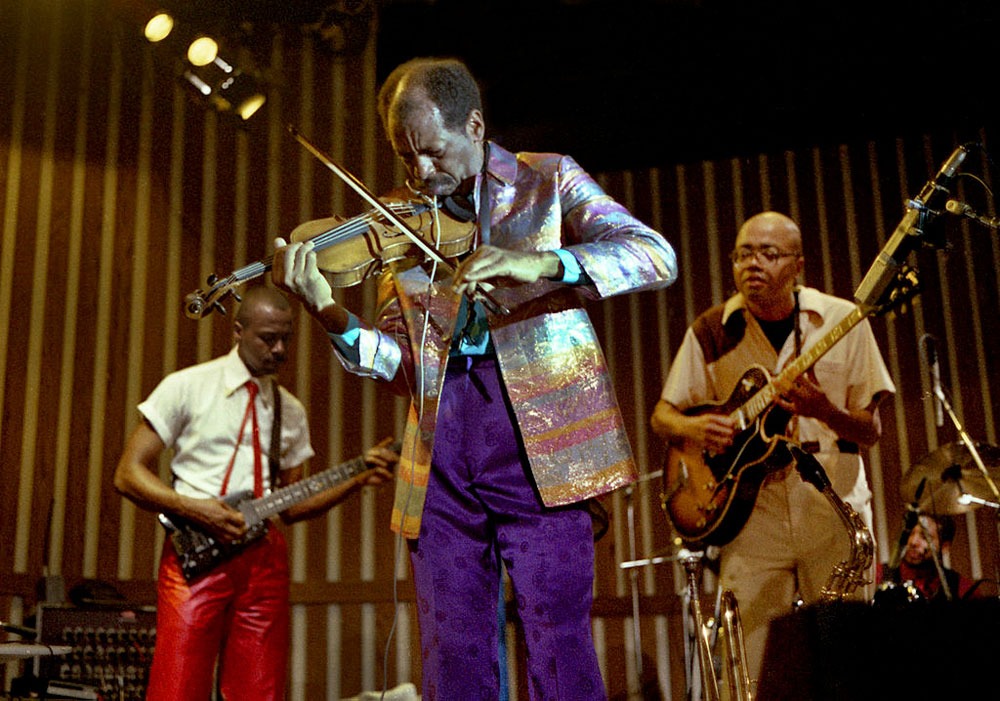
Prior articles in this series can be accessed here, here, and here.
In traditional organizations structure is defined as the lines of authority, or decision-making, and communications. The core function of these structures is management of resources towards stated goals. However, in sensemaking organizations, those that cannot rely on clear cause-and-effect relationships, the core function is, according to Karl E. Weick, its key proponent, to “convert a world of experience into an intelligible world.” (Weick 2001, 9)
Weick notes, “the terrain keeps changing and the task is to carve out some momentary stability in this continuous flow.” (Weick 2001, 9) Thus, the sensemaking organization is in a constant state of iteration. Because of this, Weick asserts that “the main product of an organization is interpretations rather than decisions.” (Weick 2001, 238)
A key resource in interpretation is information richness, defined by Weick as, “the ability of information to change understanding within a time interval.” More specifically,
Communication transactions that can overcome different frames of reference or clarify ambiguous issues to change understanding in a timely manner are considered rich. Communications that require a long time to enable understanding or that cannot overcome different perspectives are lower in richness. In a sense, richness pertains to the learning capacity of a communications. (Italics mine.) (Weick 2001, 10)
Any given action is “subject to multiple identifications, the relative superiority of which is problematic.” (Weick 2001, 10) Order, then, is imposed on such systems by what Weick calls “committed interpretation,” that is, people interpret the world based not only on what we notice, but on our behavior, the actions we take. Thus, Weick views sensemaking as a process of legitimizing behavior: “People develop acceptable justifications for their behavior as a way of making such behavior meaningful and explainable.” (Weick 2001, 10)
But, he warns, “the problems in working with an interpretive perspective are not only those of a temptation toward subjectivism and mistaking hindsight bias for efficient information processing, but also…understanding the constraints imposed by context, distributed information, differentials in power, and vested interests.” (Italics mine.) (Weick 2001, 13)
Weick finds that we are able to “identify and compensate for some of the perceptual biases,” by designing for “segments rather than unity.” (Weick 2001, 38) Thus, the most stable structure in sensemaking organizations is small segments. For working within the shorter spans of time typical of constant iteration, small stable segments make sense. These simple structures eventually “become linked and supply the basic orderliness found in organizations.” (Weick 2001, 38)
Sign up for our free newsletters
Subscribe to NPQ's newsletters to have our top stories delivered directly to your inbox.
By signing up, you agree to our privacy policy and terms of use, and to receive messages from NPQ and our partners.
Given this, rather than focus on structure, sensemaking groups focus on structuring. In the place of Kurt Lewin’s 3-step model of change—unfreeze-change-refreeze—regarded by many as the classic or fundamental approach to change, Weick proposes an enactment-selection-retention process. (See “The Sensemaking Organization,” the first article in this sensemaking series.)
The structuring process requires attention to two patterns and the relationships between them. (Weick 2001, 116) The first pattern is interaction patterns; these are the things to which we pay attention and create shared meaning around. For example, mainstream service nonprofits tend to have an alleviation approach and not take actions that change the root cause of the needs they are designed to serve; while social movements seek to change the often-human-created root cause of social needs. These, in turn, lead to very different organizational structures.
The second pattern is the frameworks “of roles, rules, procedures, configured activities, and authority relations that reflect and facilitate meaning.” Weick provides the example of a group in which lack of clear communication can result in loss of life. In this group, then, “communication is important” is a norm that is spelled out. He writes, “Excellent crews expect one another to enact any of these four exchanges: ‘(1) I need to talk to you; (2) I listen to you; (3) I need you to talk to me; or even (4) I expect you to talk to me.’” The individual group members are clear about the kinds of exchanges expected of them.
A particularly useful framework for sensemaking is cause maps. These are graphs that capture past learning by identifying key variables and the cause ties between them. They are akin to what the nonprofit sector calls theory of change, which funders often require as a model that captures the thinking behind the organizational strategy. An organization may have multiple cause maps that tie together into a larger cause map.
In sensemaking organizations, the point is to structure for the resilience described in “The Sensemaking Organization.” For example, if an organization’s value proposition is to be at the forefront, or the cutting edge, of a field, it must ensure that it has ways of being at the evolutionary edge of that field, and to rigorously and continuously assess itself for this value, while overcoming all the aforementioned (and likely other) biases. At the simplest level, it can constantly ask itself: Is this the most expansive way to think about this? If we’re missing something, what might that be? Thereby looking for gaps in knowledge or perspective.
There are at least three principles for structuring.
- Collective sensemaking is built on respectful interactions that support intersubjectivity (the interchange of meaning) and transformation (changing as a result of interactions with others). Organizations can ask themselves: What are the possible interactions we can have? Which do we currently have? Which do we want, or need, to have?
- Structuring begins at the microlevel, with small groups of two to three that can sustain shared meaning for a meaningful period of time. Who are the people with whom you most generatively make sense? What are you all sensing is possible right now, given overall purpose? What can you do next?
- Structurally, meaning making is achieved through simultaneous centralization and decentralization. The centralization captures learning and the decentralization allows interpretation and improvisation. What is nonnegotiable right now and why? Where is there room for change?
The fluid nature of the structuring process can be challenging for people who think linearly. It requires ease with timely shifting between forming and letting go; with talking and acting humbly, yet confidently, and clearly, about potentialities. For more on the kind of person that thrives in sensemaking organizations, see the third article in this sensemaking series, “The Sensemaking Worker.” Ultimately, in structuring sensemaking organizations, the focus is on frameworks of understanding that drive action, rather than departments or programs.











